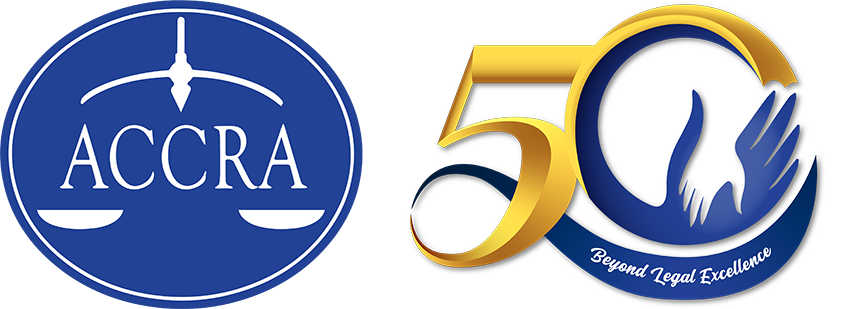Almost four (4) years have lapsed since the Enhanced Basic Education Act of 2013, or Republic Act 10533 (RA 10533), introduced the Enhanced Basic Education Program or the K to 12 to the Philippines. By now, we have our first graduates of the K-to-12 Program.
Upon the effectivity of RA 10533, a decrease in enrolment at the Higher Educational Institutions (HEI) from 2016 and 2017 until 2021-2022 was expected due to the additional two (2) years of high school. Inevitably, a drop in enrolment entails an increase in retrenchment, among others, of HEI personnel, both teaching and non-teaching.
Anticipating the effects of the K to 12 to labor, the Department of Labor and Employment (DoLE) issued Department Order No. 152-16 which was superseded by DO No. 177-17 (DO 177-17). Article I Section 3(b) of DO 177-17 coined the term “displaced personnel,” and defined the same as teaching and non-teaching personnel either temporarily or permanently separated from employment with their HEI due to the implementation of RA 10533. The term was also construed to include retrenchment, availment of early retirement program and voluntary separation program, non-renewal of contracts or work suspension.
Seeing the continuous increase in labor displacement, DO 177-17 introduced the Expanded DoLE Adjustment Measures Program (Expanded AMP). The significant features of the Expanded AMP include: (1) Financial Support, (2) Employment Facilitation, and (3) Livelihood Opportunities. Essentially, it sought to support displaced personnel in their transition to self or full-time employment.
To avail of said benefits, the law requires that the same must be applied for within a period of one (1) year from displacement through the submission of required documents, such as, an application form, a Certificate of Displacement, a Certificate of Employment and a government-issued identification card.
Moreover, for a totally displaced personnel to continue receiving financial support, a conditional requirement of proof of active job search is required.
In acknowledging the insufficiency of the AMP under DO 152-16, the Enhanced AMP, inter alia, expanded assistance to displaced personnel by providing increased financial support. It also extended its application period, and broadened its coverage, to include the different contexts of displacement. Likewise, DO 177-17 was made retroactive to cover the transitional period between 30 May 2014 to end of Academic Year 2021-2022.
However, with the law’s full implementation, a higher influx of displaced personnel is yet to occur by academic year 2018 and onwards. Credit, however, should be given to administrators and managers of HEIs who have apparently adopted successful measures within their institutions to address the issue of displacement.
If ever the unresolved issues, such as, but not limited to, security of tenure, diminution of benefits, and validity of retrenchment, and those that deal with the procedural and substantive issues of displacement, will arise, the sufficiency — or insufficiency — of the Department Order might be tested. Or maybe, not at all, as with the entry of our K-to-12 graduates to the HEI, the problem of displaced personnel will soon be a thing of the past.




